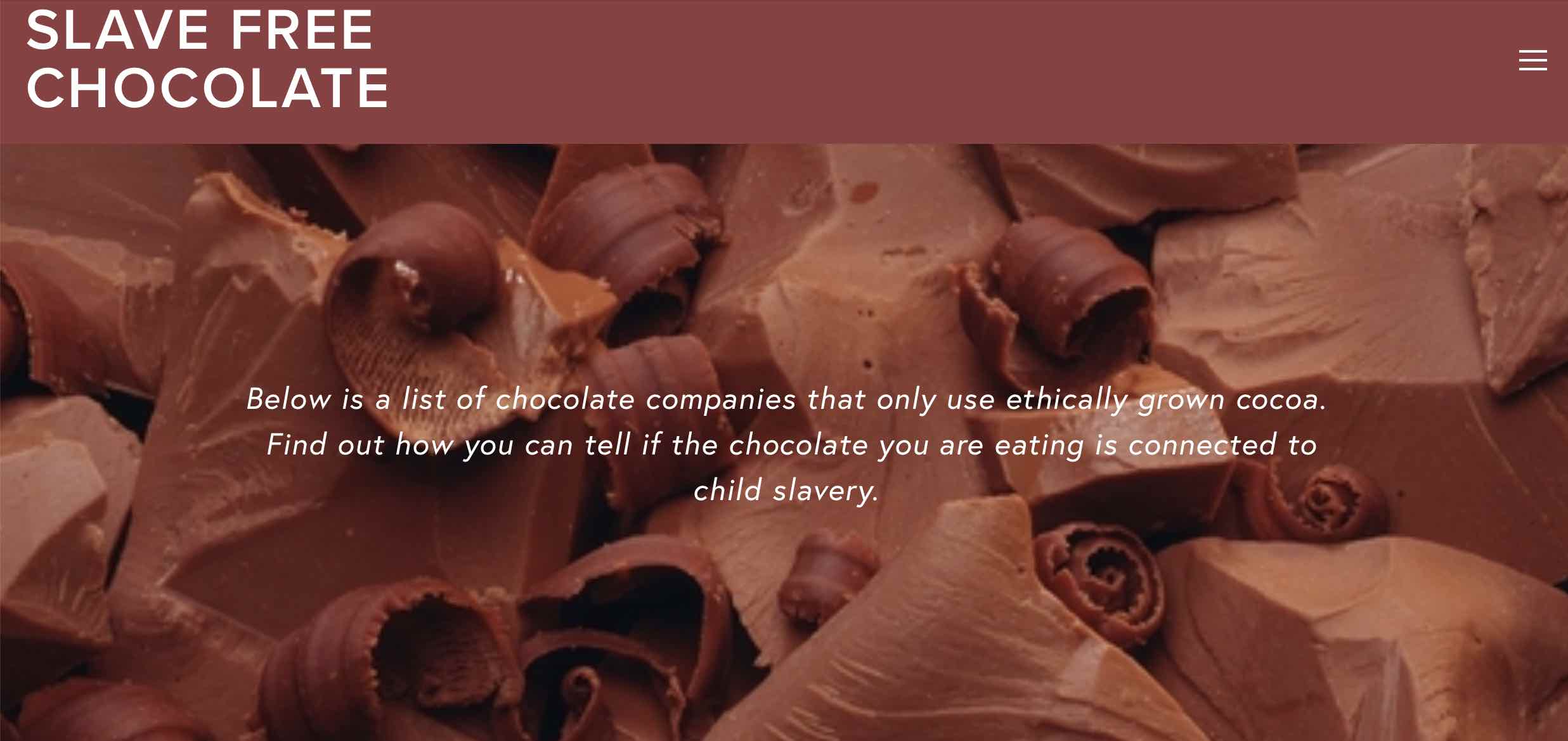The study of chocolate has become a serious thing. As the craft of making chocolate has grown dramatically (in the past few years especially; see my article earlier this week in The Conversation), so too have the possibilities for analyzing it. There are actually many chocolate-specific courses now; I’m not sure how many, but I will count them soon. Today, I am thinking more about how food has become an object of academic inquiry, and the possibilities that that has opened up for serious chocolate study.
When I started my PhD program in 2001, I didn’t write an application essay about my desire to study chocolate. At the time, that would have been preposterous. I’m sure the admissions committee would have smiled at the unknown me, delusional applicant, and added my essay to the pile of rejects on the floor.
In fact, that is exactly what happened a couple of years later, when, as a graduate student studying the unimpeachable topic of water provision to the rural poor in West Africa, I submitted an application for a coveted travel fellowship, and wrote in my essay that I planned to take a break from water and follow cocoa-chocolate trade routes around the world. The selection committee read my proposal and instantly placed my file at their feet with the rest of the “definite no’s.” Later, for whatever reason, they resurrected my idea from the floor and gave it another review. Tonight, more than a decade later, I will attend a fancy anniversary dinner for this fellowship—for in the end, I did win it, and traveled around the world with chocolate, and that changed the entire course of my personal and professional and academic life.
But at the time it was a strange thing, to take chocolate seriously, to immerse in it as something other than a “chocolate lover.” I was that, too, but what I really wanted was to understand this food profoundly.
When I shifted my doctoral studies away from water to chocolate, I knew I had found my lasting, fulfilling research focus. But it also meant spending years on the defensive. As a student in the department of Gender, Women, & Sexuality Studies, there were already many reasons to feel I was at the bottom of the academic social—and economic—hierarchy. In social settings, it was usually enough to end a conversation to simply say I was in Gender Studies. If I added, “I study chocolate,” people giggled, disbelieving. Many of those conversations have now collapsed in my mind to a single, emblematic encounter with an entirely fictitious, yet extremely vivid, sweating, balding person who would say something like, “Ho, ho—women and chocolate, eh? That must be fun,” with a lecherous emphasis on “fun,” as if to imply wonderful scenarios that my doctoral fieldwork must surely entail (mostly it involved sweltering on cocoa farms and hunched over books at the library).
Of course, that didn’t really matter. Social awkwardness is a tiny price to pay for doing what one loves, and I knew that virtually everyone else I had met along the value chain—from farmers to factory workers to people selling chocolate bars—faced real adversity. My own work was a privilege in comparison, and in fact.
Today, though, it’s different and it’s better. We are socially smarter about food. In the US, we have begun to appreciate just how much food—chocolate included—shapes human relationships. It’s less awkward to discuss, and those embarrassed conversations I experienced as a grad student are now many fewer and further between. This has partly to do with the rise of foodie culture and the current star power of food on TV. It’s also because today’s numerous craft chocolate makers are engaged in dialogue with customers who are eager to learn, as I wrote last week. But it also has to do with academia, and the seriousness with which food is now taken there.
The first time I attended a seminar, from a visiting professor, on “food studies,” I genuinely wondered what sort of methods or insights the speaker would reveal—and I was studying a food myself. But I learned that scholars like Sidney Mintz (and really, at the time, it was pretty much just him) had begun to demonstrate that the study of food could encompass economic and political and cultural aspects, and indeed could be used to understand historical shifts in political economy and labor—as Mintz did in his phenomenal, prescient Sweetness and Power, which is about sugar.
And now Food Studies is widespread, and respected, and growing. There are, according to the Association for the Study of Food and Society, twenty-three institutions in the US where one can study food as part of a degree program (and many more abroad). Some of these are focused on culinary arts and food science, but a number are explicitly housed in the humanities and social sciences.
I’m particularly interested in the latter. For example, Boston University’s Master of Liberal Arts in Gastronomy, the Graduate Center Food Studies Concentration at CUNY, the Master of Arts in Food Studies at the University of the Pacific in San Francisco, and the Dual Major in EcoGastronomy at the University of New Hampshire.
All of these are inter- or multi-disciplinary programs that encourage students to engage with food as a complex and meaningful object of inquiry—and one that also shapes us profoundly. Likely they are studying food systems and their importance to human culture, global politics, our relationship with nature, or structures of poverty and wealth. Food Studies courses are showing us, in great detail, that food is central to virtually every aspect of human existence—and my thanks to all who are undertaking that work. I’ll read your books, and your articles, and celebrate your new insights. And tonight, I look forward to talking all about the time when I traveled around the world with chocolate, and started on my own journey—life-lasting, I am sure—to take it seriously.



